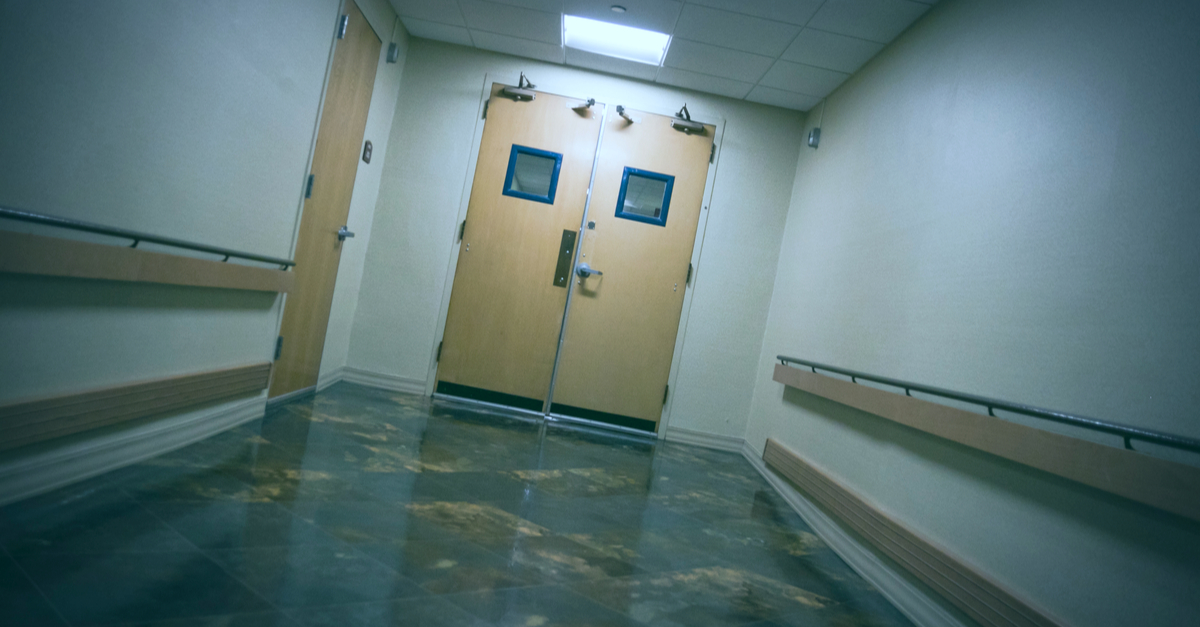– The best resource for monthly healthcare regulatory compliance updates. Compliance Updates: April 2024 Overlook: Licensure Compacts Other Legislation Board Updates Interstate Medical...


Necessity as the mother of invention will usher in a digital, streamlined process for credentialing health care providers.
This blog explores how the trend of hospital closures will ultimately put to bed the old, antiquated, paper processes of credentialing health care providers. Speed, accuracy, interoperability, and portability are the key elements of an effective credentialing program. But with many older systems in place and no budget or expertise to implement more efficient technological solutions, many hospitals are still using paper filing for their credentialing processes. This makes verifying employment, privileges, checking for disciplinary actions, and acquiring other critical pieces of information about a candidate extremely difficult as it sits inside a filing cabinet and is hard to access.
CAUSE BY THE NUMBERS
According to an article in Becker’s Hospital Review published in May of 2020, 15 hospitals closed as of May. That number is the tip of the iceberg with rural hospitals being the most vulnerable.
The reasons for the various closures included acute care facilities competing for the same patients, reduction of elective care because of COVID-19, lack of Medicaid expansion critical to rural communities, shrinking rural communities, and loss of certification as a hospital for violations.
With this shift of licensed hospital staff being redirected to other health care organizations, plus new health care delivery organizations starting up, the task of properly credentialing licensed professional health care providers will be forced to evolve with the changing times.
In his blog, Hugh Greeley describes a fresh paradigm of the credentialing process that taps the technology available today to access high-quality, verified data to screen applicants and speed up the credentialing process by having a central, digital profile of the provider where the review and denial or approval process can be done virtually and post onboarding, the digital file can remain current and cumulative through continuous monitoring.
The following is by Hugh Greeley, author of Hugh’s Credentialing Digest
THE CONSEQUENCES OF HOSPITAL CLOSURES
As the nation’s hospitals continue their organic transformation while simultaneously reacting to the crisis caused by the global COVID-19 pandemic of 2020, credentials committees and their support staffs are faced nationwide with the consequences of hospital closures.
Professionals who will help open new organizations might also consider the design and operation of their credentialing programs. And hospitals in jeopardy of closing might take steps to assure that essential credentialing information for practitioners on staff will be easily available so they will experience the least amount of difficulty in securing new staff appointments elsewhere.
MANAGING ONBOARDING LOADS
Medical staffs in successful hospitals must recognize that there will be an increasing number of applicants coming from organizations that have closed. Verifying staff status and actual performance will not be as easy as for those physicians coming from functional practice locations. Reliance upon references for confirmation of performance is routine. However, as increasing numbers of facilities close, references may be one of the only reliable ways to confirm staff status and prior privileges.
When writing or contacting a closed facility, it is likely that no one will be there to respond. So, reliance upon peers will be necessary unless the closed hospital has provided the practitioner with an authenticated and verified “passport” containing all needed credentials.
TURNING TO A NEW PAGE
For those who may be helping to create a new organization, now is the time for significant out-of-the-box thinking about credentialing. Why rely upon systems that were designed in the Dark Ages under both political and regulatory pressure to design the credentialing systems for new facilities? Be innovative and bold. Why have an application form that is six pages long when a single page will easily do the job? Why require copies of documents that are easily obtained electronically? Why require fees to apply?
Shed those old paradigms and look forward to designing systems that will make life easier for applicants, more effective for organizations, and safer for patients.
PREPARATION FOR SMOOTH TRANSITION
Those organizations in jeopardy of closing absolutely should design a portable file that is completely authenticated, and which can be given to all practitioners on staff to take with them as they move to new facilities. This is the very least an organization should do for its terminated staff members.
And what about the medical staff professionals (MSPs) working in facilities that are likely to close? Chances are that qualified, experienced, and eager MSPs will find that new opportunities abound and that their specific skill set will continue to be in demand, whether in hospital group practices, accountable care organizations, managed care plans, or other settings.
Readers might benefit from bringing up this issue with their vice presidents of medical affairs or the chairs of their credentials committees. It’s sure to generate a conversation.
 |
Written by Hugh Greeley Credentialing and Healthcare Industry Expert HG Healthcare Consultant Connect with Hugh |